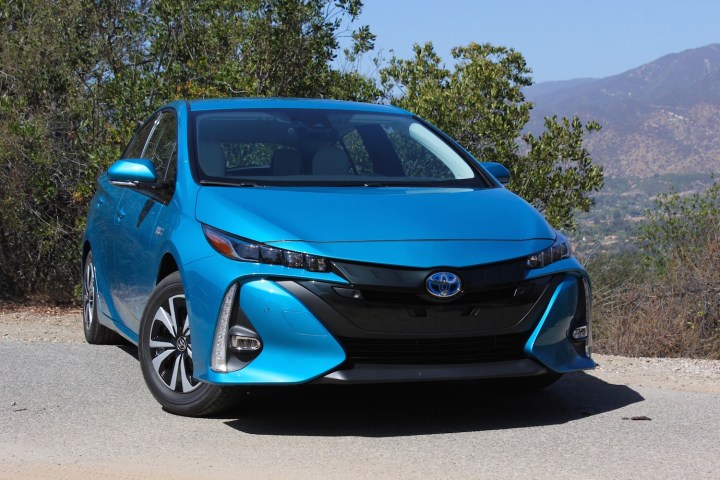
Though regulations have quieted internal combustion-powered cars over the years, those vehicles still make enough noise for most to hear them. Now the NHTSA wants alternative energy cars to provide the same audible warning. As Car and Driver notes, the NHTSA’s ruling bolsters the Pedestrian Safety Enhancement Act of 2010, which was lobbied for by SAE International and advocacy groups for the blind.
The law will impact vehicles weighing less than 10,000 pounds, meaning larger trucks won’t need to comply. As electric, autonomous trucks begin to occupy highways in the coming years, expect some amendments to applicable NHTSA regulations.
Though the ruling won’t take effect until September 1, 2019, automakers will be forced to equip half of their electric and hybrid fleets with noise-emitting devices by September 2018. The NHTSA expects the law to cut down on the 2,400 pedestrian injuries that occur each year in the United States.
As for the devices themselves, automakers must install external speakers to make noise whenever a car is idling, accelerating to 19 mph, or is in reverse. The NHTSA characterizes these “simple” noises as two or four tones between 315 and 5000 hertz, separated in one-third-octave intervals. Additionally, the volume must go up by three decibels for every 6-mph increase in speed. Electric cars must make the sounds between 47 and 67 decibels. Yes, it’s very specific.
To be thorough (in fact, incredibly thorough), the NHTSA did a wildlife analysis and found the required noise would add less than 1 decibel in urban and nonurban areas by 2035 (assuming hybrids and EVs represent 50 percent of all registered cars at that time). “Differences in sound levels of less than 3 decibels are generally not noticeable to humans,” the agency said.
All that is to say that, while electric cars won’t start to sound like internal combustion cars, they will just start to sound like something before the end of the decade.
Editors' Recommendations
- Here’s how EVs charge as they drive on a stretch of Michigan road
- Tesla to begin production on new, more affordable models
- Cybertruck production reportedly halted over pedal issue
- Tech giant reveals nice price for new EV to take on Tesla
- Audi Q6 e-tron ushers in the automaker’s next EV phase


